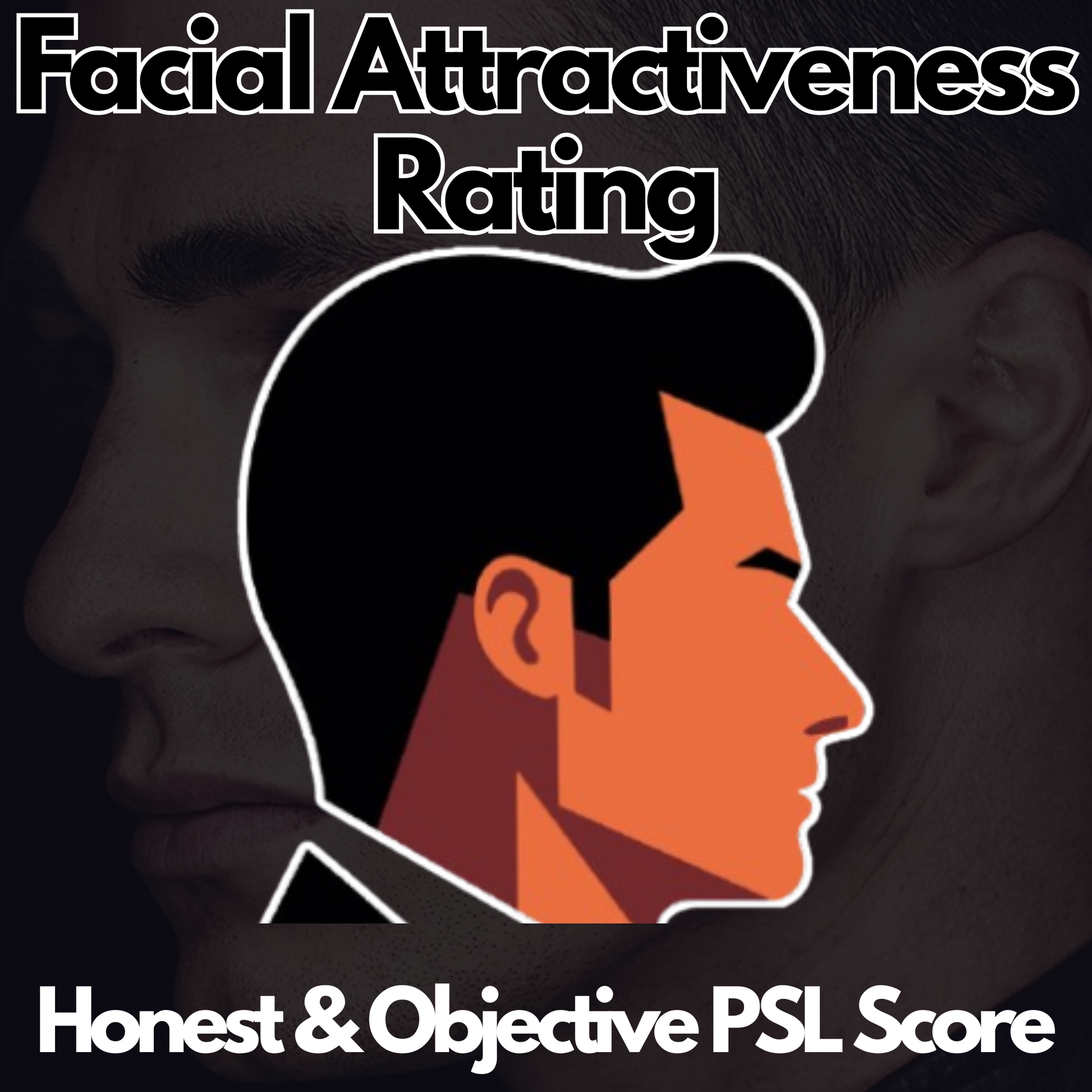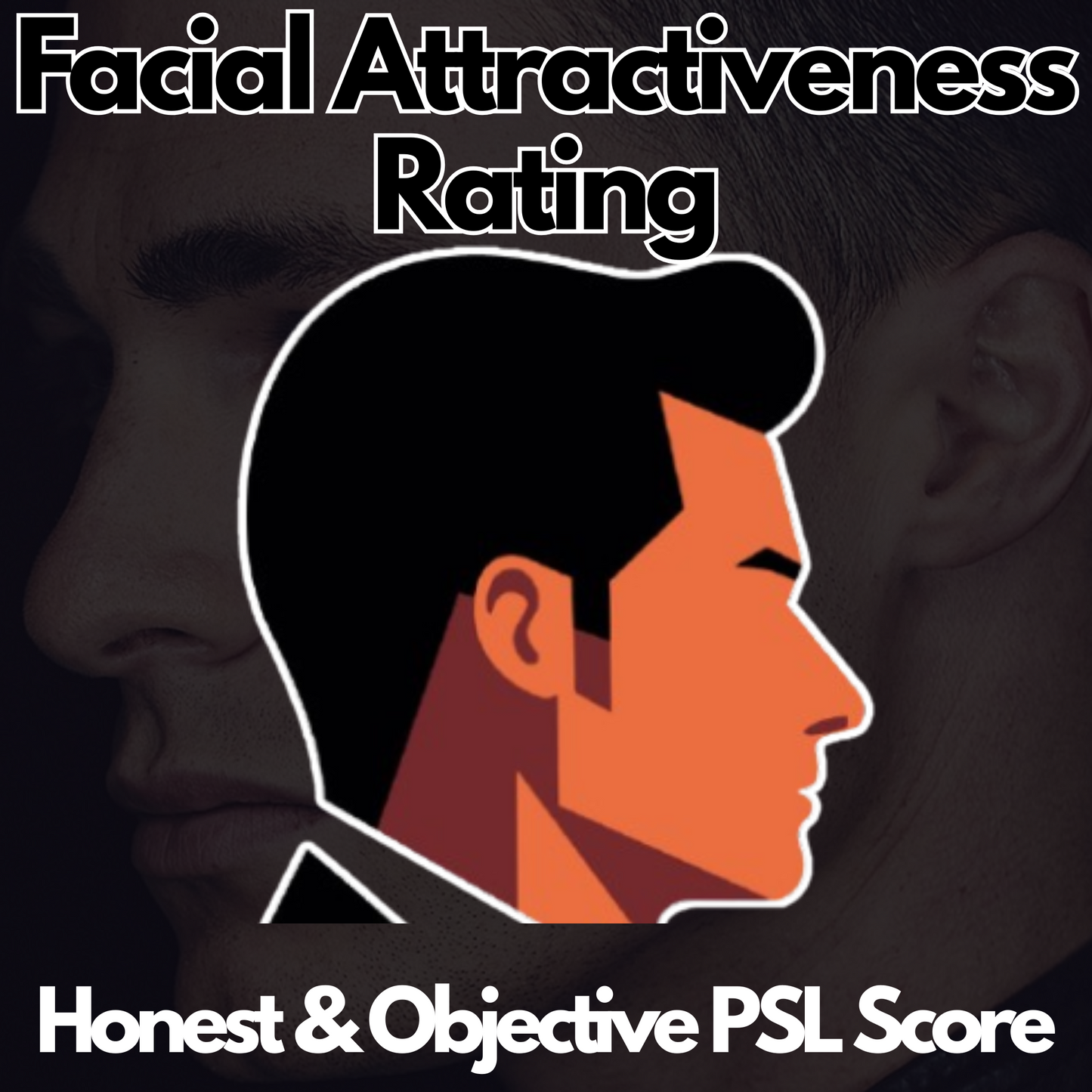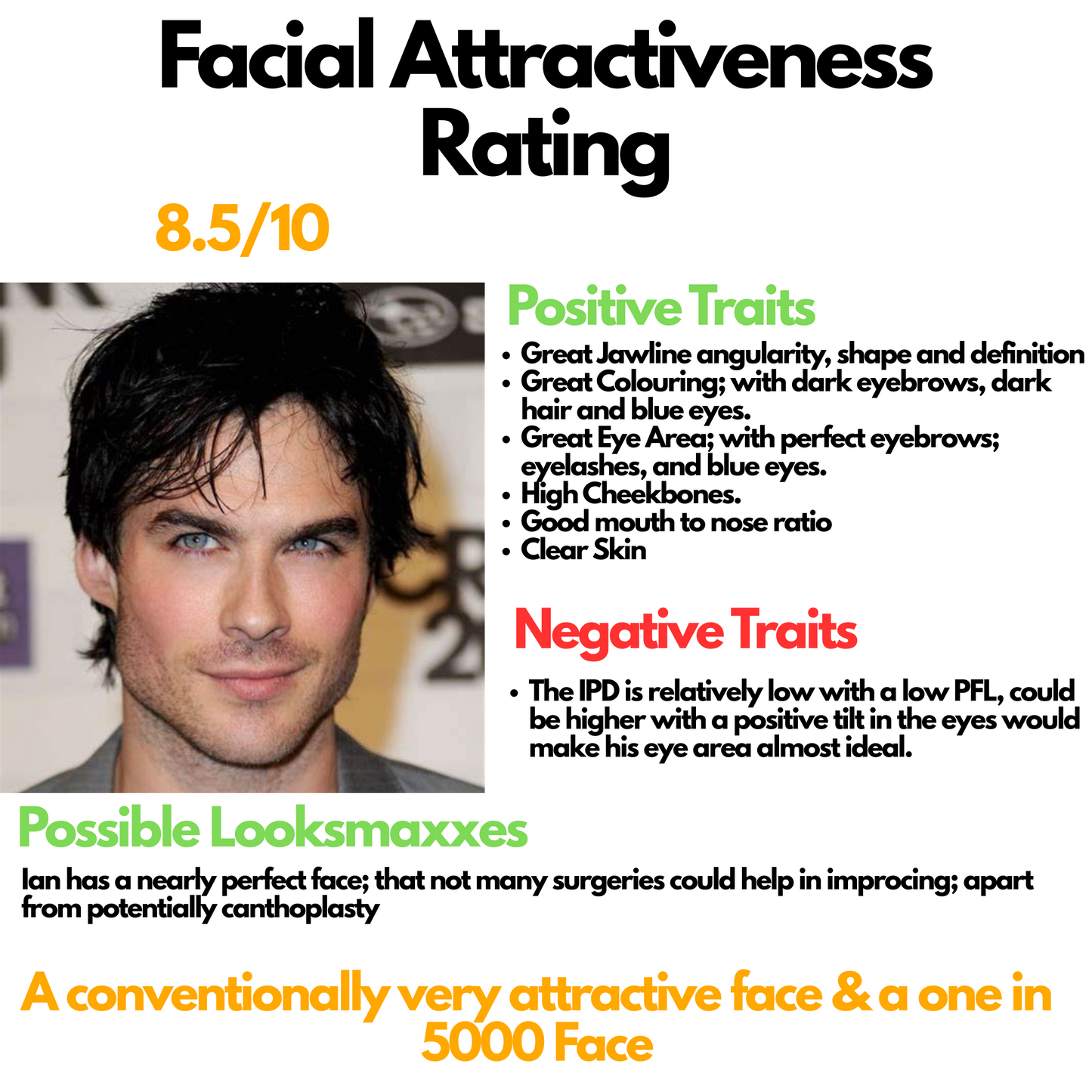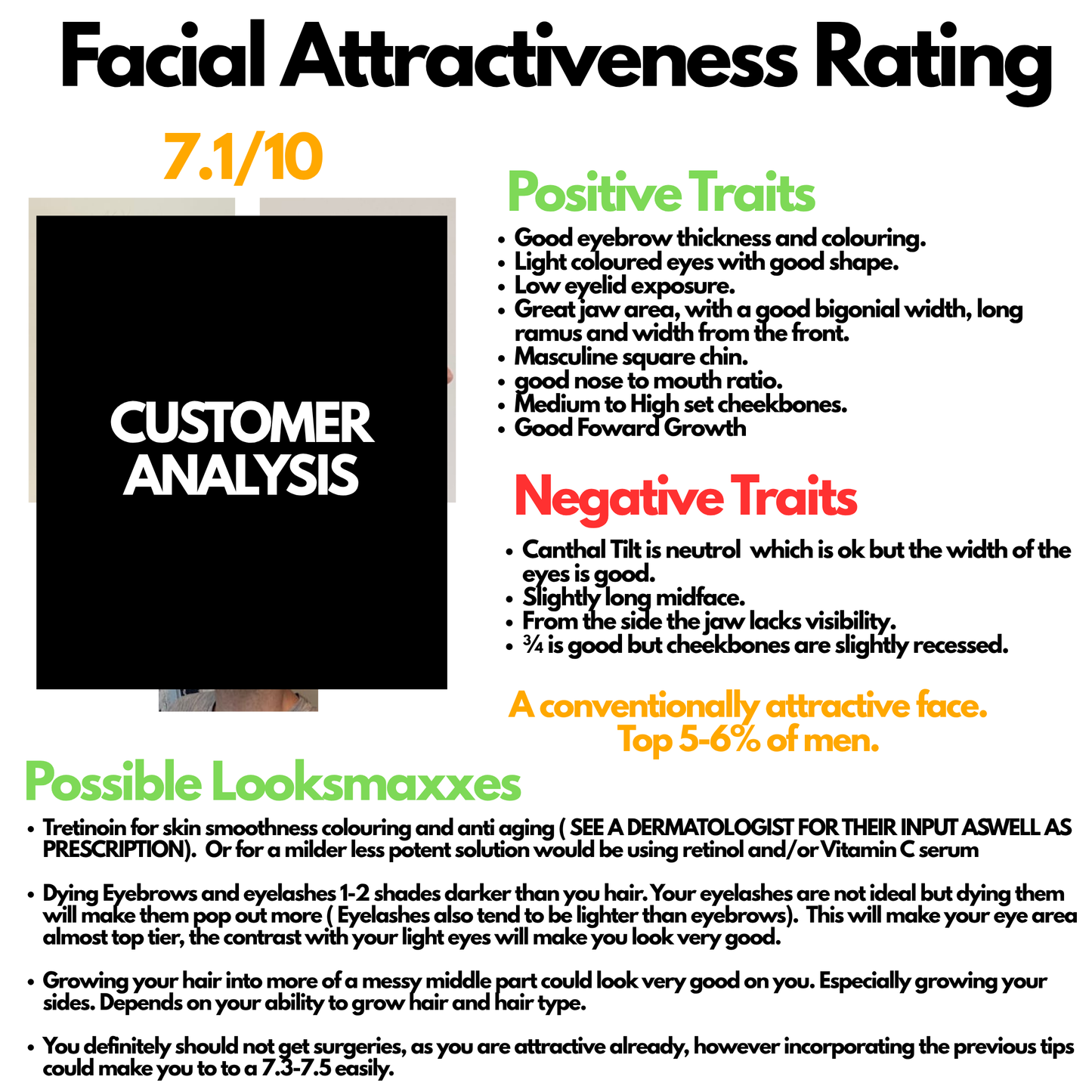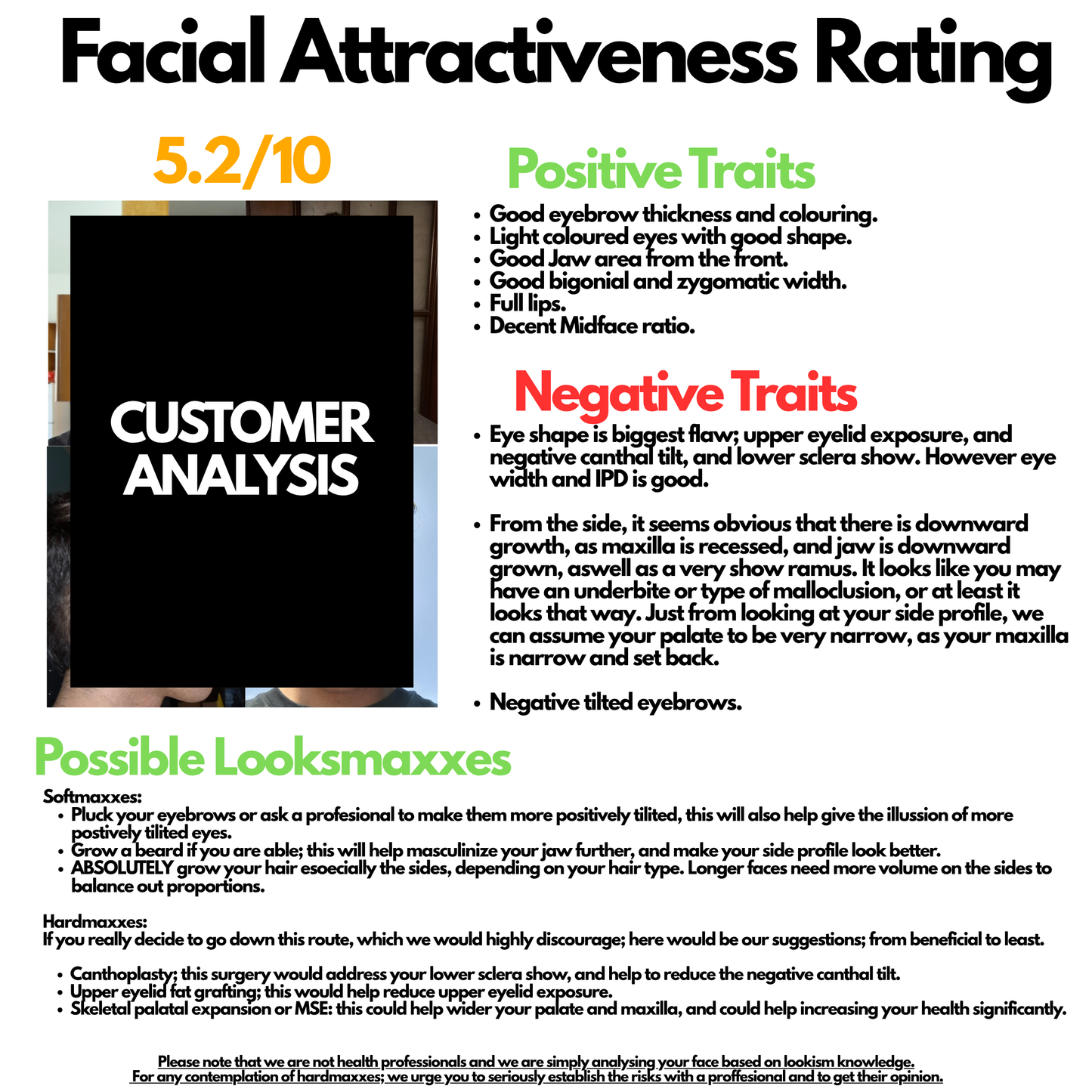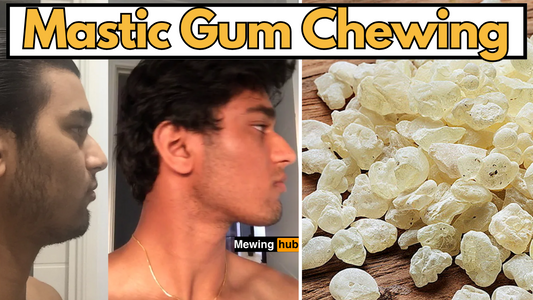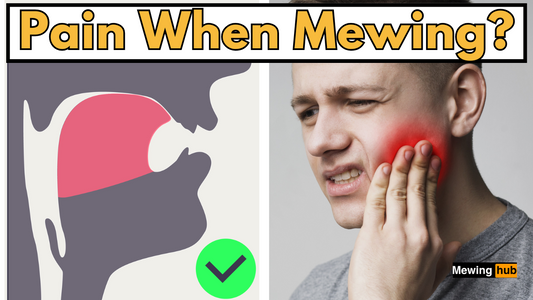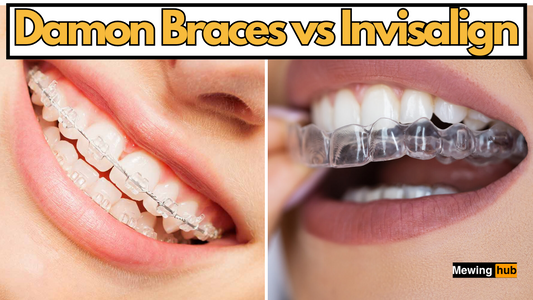Does Mewing Expand the Palate? Exploring the Scientific Evidence
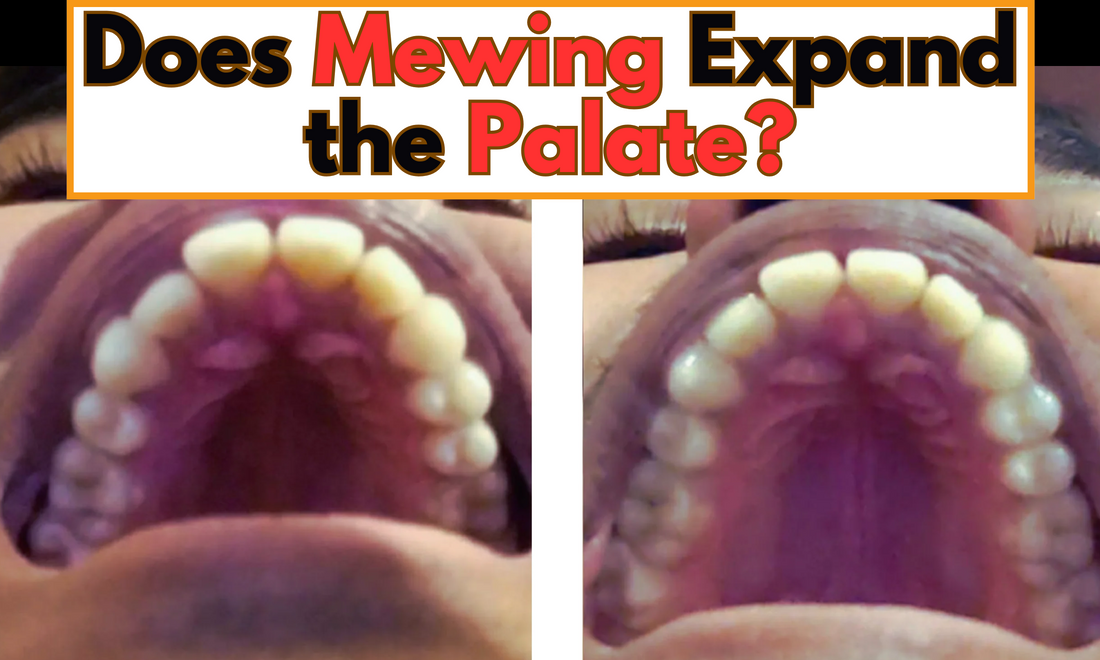
Share
Mewing, a technique developed by Dr. John Mew, claims to potentially expand the palate through consistent tongue posture.
While proponents argue for its effectiveness, the scientific community remains cautious about its definitive palatal expansion capabilities.
The Theoretical Mechanism of Palatal Expansion

The core principle of mewing suggests that consistent tongue pressure against the palate can stimulate bone remodeling. This concept is rooted in Wolff's law of bone restructuring, which indicates that bones can change structure under consistent pressure.
How Mewing Theoretically Influences Palatal Width

Research indicates that tongue posture plays a crucial role in oral development:
- Consistent tongue pressure on the palate may trigger maxillary expansion
- Proper tongue placement can potentially create more space for teeth
- The technique aims to widen the upper jaw naturally
Scientific Evidence and Limitations
Current research presents a nuanced perspective:
Professional Skepticism
- No definitive scientific evidence conclusively proves palatal expansion through mewing
- Orthodontic community remains cautious about its effectiveness.
- Limited peer-reviewed data supports the claims
Potential Mechanisms of Influence
Studies suggest tongue posture can impact facial structure:
- Tongue position affects facial vertical dimension
- Resting tongue pressure influences dental arch form
-
Abnormal tongue positioning can alter dento-alveolar structures.
Comparative Analysis: Mewing vs. Professional Palatal Expansion

Professional Method:
- Performed by orthodontists
- Uses specialized medical devices
- Scientifically proven technique
- Most effective in children and teens
Mewing Approach:
- Self-directed technique
- Relies on consistent tongue posture
- Lacks comprehensive clinical validation
- Potential risks if performed incorrectly
Expert Perspectives
Dental professionals provide critical insights:
- The Journal of Oral and Maxillofacial Surgery notes that while concepts are plausible, there's insufficient scientific evidence.
-
Some experts suggest mewing may have preventive benefits rather than transformative capabilities.
Potential Benefits and Considerations
While direct palatal expansion remains questionable, potential benefits include:
- Improved oral posture
- Potential prevention of palatal narrowing
- Enhanced awareness of tongue positioning
- Possible subtle facial structural influences
Risks and Warnings
Experts caution against unsupervised practice:
- No guaranteed results
- Potential dental misalignment
- Lack of professional oversight
- Individual variations in response
Conclusion: A Cautious Approach
Mewing shows theoretical potential for palatal influence, but current scientific evidence does not support definitive palatal expansion. Individuals interested in palatal improvements should:
- Consult orthodontic professionals
- Seek clinically proven methods
- Approach mewing as a supplementary practice
- Maintain realistic expectations
Key Takeaways
- Limited scientific evidence supports palatal expansion claims
- Tongue posture may influence oral development
- Professional methods remain most reliable
- Individual results vary significantly
While intriguing, mewing should not replace professional medical advice or treatment. The scientific community continues to call for comprehensive research to validate its claims about palatal expansion and facial structural changes.

